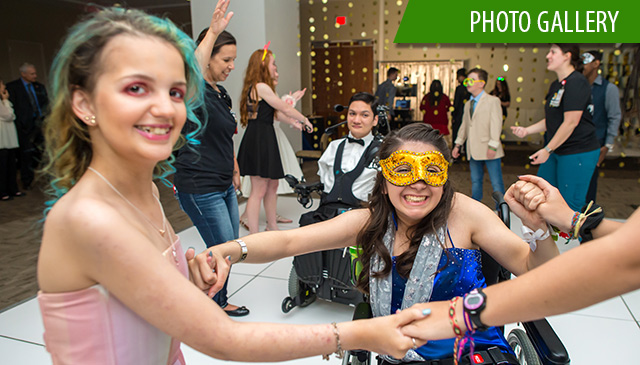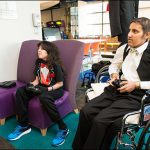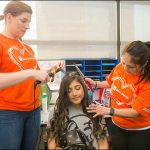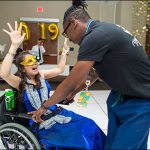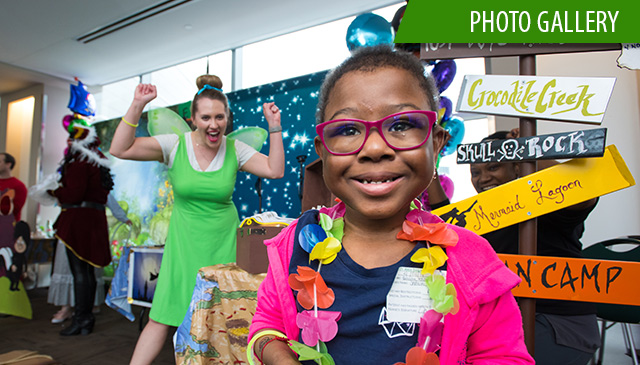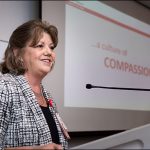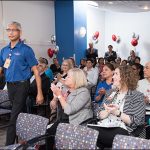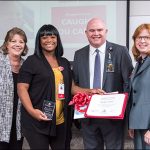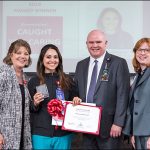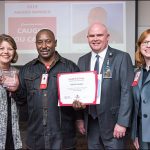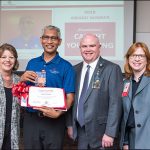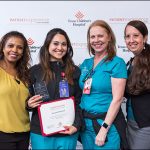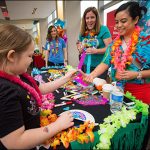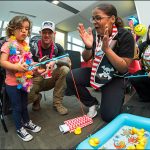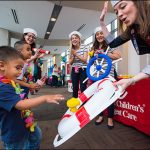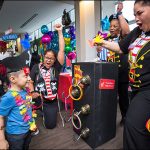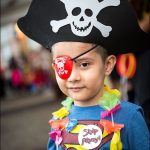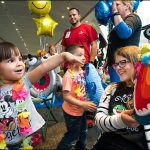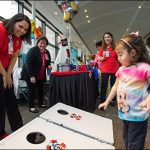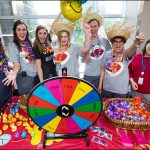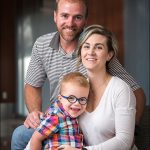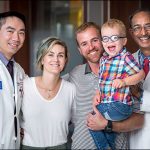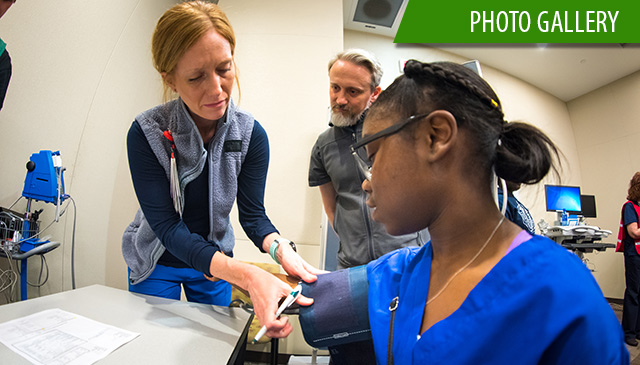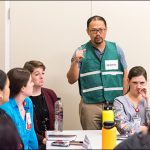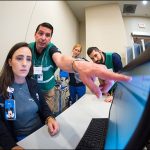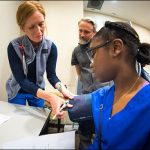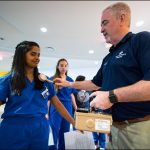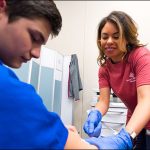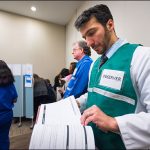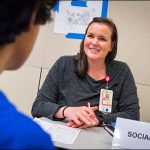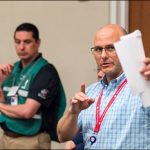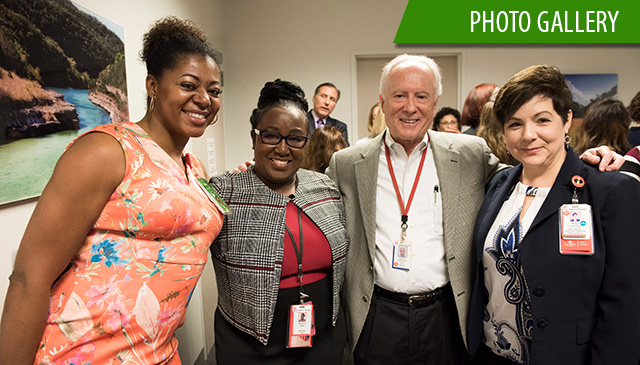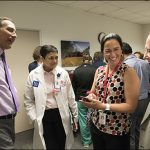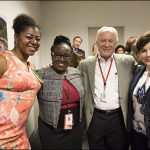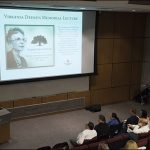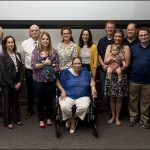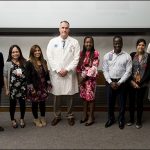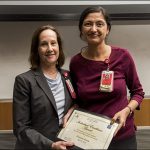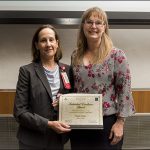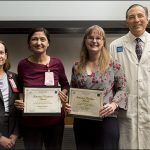On April 26, Texas Children’s Child Life Department hosted its second annual hospital prom. The prom brought together patients, friends and family members to celebrate this important life event. Following such a successful turnout for the inaugural event last year, this year’s event grew thanks to the generous support of donors and volunteers.
Prom is just one of the many milestone events in a teenager’s life that every child longs to experience.
Donned with masks, a little makeup, and music, inpatients and outpatients at Texas Children’s Hospital were able to experience this monumental occasion on-site at the Medical Center campus.
“Creating opportunities for patients and their families to make positive memories that they may not have had otherwise is extremely fulfilling,” Event co-chair Activity Coordinator, Brandi Clark said. “We loved getting to see patients have the experience to feel confident, beautiful, handsome, and special while having the night of their lives. It was all we could ever ask for and is exactly what makes us passionate about our jobs as activity coordinators.”
While patients were getting their fabulous prom makeovers and putting on glamorous gowns and tuxedos, the fourth floor Pavilion for Women conference room was turned into the perfect masquerade-themed setting. Child Life partnered with several donors to provide formal wear for all patients who participated.
As patients began to arrive with their friends and family, members of the local coastguard greeted them at the door to escort patients without dates for a night to remember. Some parents tearfully said their goodbyes as they dropped their teens off, while others stayed and enjoyed themselves in the lobby outside of the room where prom was held. The family section included movies, games, and refreshments to entertain parents and siblings while the prom goers enjoyed much needed time with their friends.
Inside the prom palace along the wall lied delectable pastries and punch for the teens to indulge in along with t-shirts that they could take as memorable gifts. When patients walked into the room they were instantly drawn to the photo booth. For a moment, pictures with friends and entertaining props gained everyone’s attention until the DJ began to play all of the latest hits and dance songs that drew everyone to the dance floor.
“Personally seeing some of my chronic patients and families experience a night of normalcy at prom- dancing, singing, laughing, and dressing up has made prom better than we could have hoped for,” Event co-chair Activity Coordinator Zoie Drake said. “We loved that as Activity Coordinators we were able to create a space where so many of our patients and their friends could connect and feel like regular teenagers.”
For hours into the night the teens danced, sang, ate and laughed. With nearly 80 participants this year, the event turned out to be better than expected and has paved the way for a more extravagant event next year.
“Seeing our patients in a new light dressed up, dancing, making new friends that are also in the hospital was one of the most rewarding parts about planning prom,” Event co-chair Activity Coordinator Megan Ekedahl said. “We look forward to this event growing with the Texas Children’s Hospital patient population and have prom be something patients and families talk about and look forward to year after year.”


